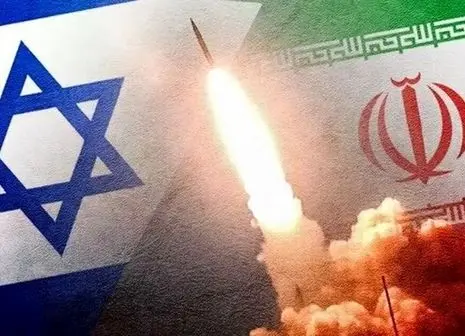The Distinguishing Feature of Operation Va’de Sadegh 2

Today, on the anniversary of Operation “Va’de Sadegh 2,” although public attention and even that of analysts has been focused on the destructive power and high accuracy of Iran’s ballistic missiles, the reality is that the less-observed layer of this operation is its Electronic Warfare (EW) dimension.
Emad Soleimani, Journalist:
Today, on the anniversary of Operation “Va’de Sadegh 2,” although the majority of public and even analysts’ attention has been drawn to the destructive power and high precision of Iran’s ballistic missiles, the truth is that the less visible layer of this operation is its Electronic Warfare (EW) dimension—a dimension that played a decisive role in the overall success of the operation.
Prior to the start of the massive ballistic missile launches, the early warning system stationed at Al Khor Airport in Qatar, which is considered one of the main nodes of the US surveillance and tracking network in the region, was disabled through a complex electronic warfare operation. Blinding this system meant the loss of the “first eye” for the US and the Zionist regime in detecting the missiles’ flight paths, and this significantly reduced the probability of interception. Subsequently, the intelligent combination of a high volume of launches using advanced missiles such as the “Kheibar-shekan” and “Fattah” overwhelmed, disrupted, and ultimately caused the operational collapse of Israel’s multi-layered air defense.
This experience demonstrated that Iran’s missile strategy does not rely solely on hard power; rather, when combined with soft power and electronic warfare, it creates a “combined superiority” that paralyzes the adversary’s defensive capabilities.
Operation “Basharat-e Fath” can also be analyzed within this framework; where the destruction of the CENCOMSAT (Satellite Communication) system at Al Udeid Air Base effectively disrupted American command and control channels. From this perspective, Washington’s swift move towards accepting a ceasefire was less a product of political pressure or field costs, and more a result of a precise understanding of the fragility of its own military infrastructure in the face of Iran’s electronic warfare and combined capabilities.
Source: Khorasan Newspaper. No. 21878

